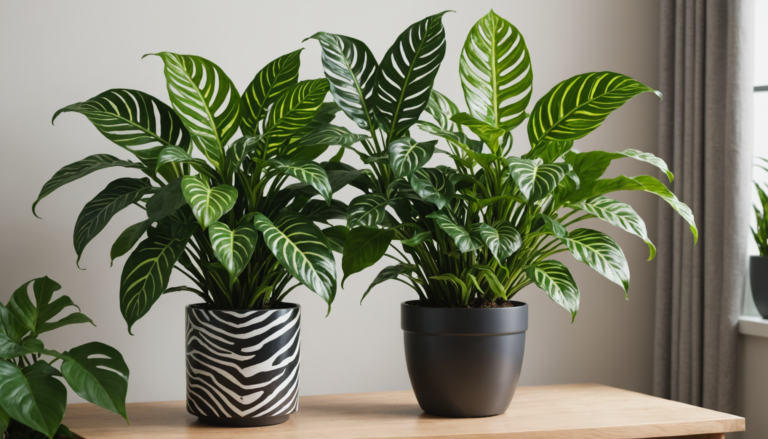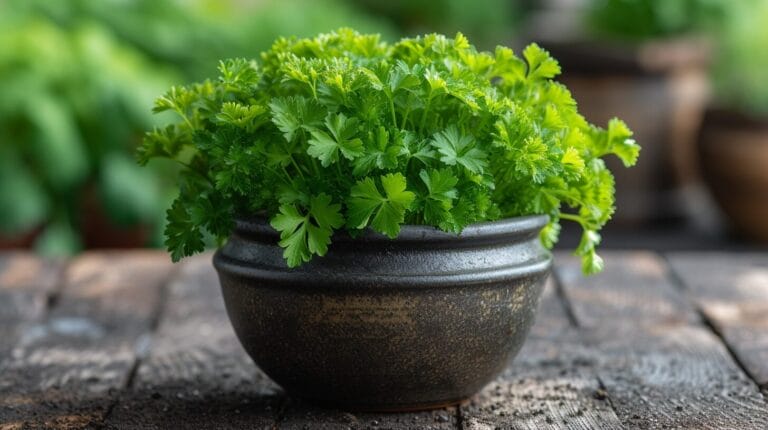Ready to transform your backyard into an enchanting garden full of vibrant blossoms? Join us on this unique voyage as we unearth the beauty of a well-designed raised flower garden layout. With our professional guidance and pragmatic advice, you can relish the thrill of nurturing remarkable blooms right in your own backyard.
Key Takeaways
- Raised bed cut flower gardens offer numerous benefits such as improved drainage, reduced strain on the body, and defined boundaries for organization and aesthetics.
- Designing the layout of the garden requires consideration of sunlight exposure, wind patterns, and the height and growth habits of different flowers.
- Preparing the soil involves conducting a soil test, addressing deficiencies or imbalances, ensuring proper drainage, and using mulch to conserve moisture and suppress weeds.
- Planting and caring for the garden involves choosing between seeds or transplants, grouping similar flowers or mixing different varieties, establishing a watering and fertilizing schedule, and monitoring for pests and diseases.
Introduction to Raised Cut Flower Gardens Layout
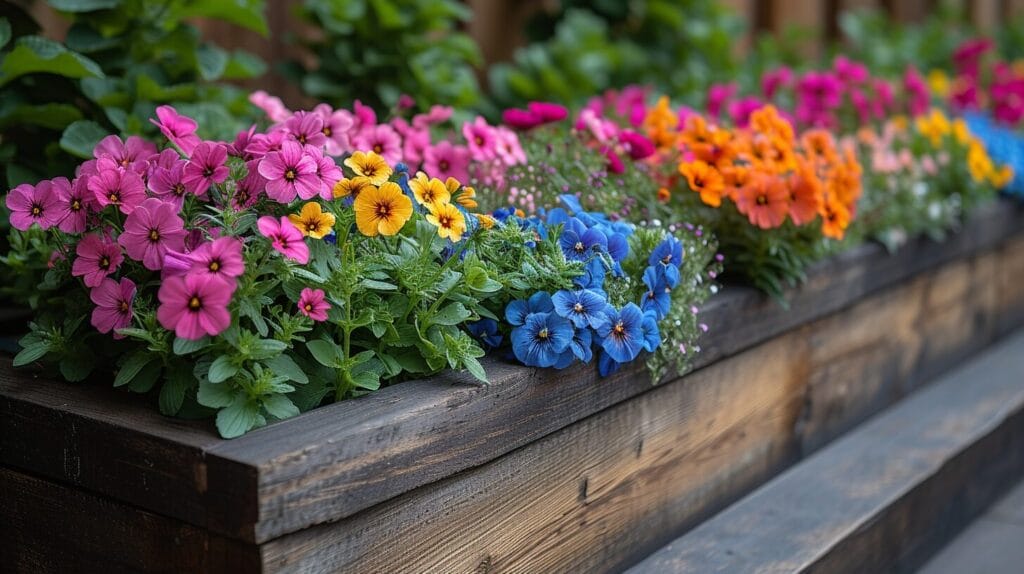
A raised bed cut flower garden offers several advantages that make it an ideal choice for flower enthusiasts. The raised bed design improves drainage, reduces physical strain, and defines boundaries, creating an organized and structured garden.
To create a raised cut flower garden, start by preparing the soil in the designated area. Remove any grass or weeds and loosen the soil using a garden fork or tiller. Construct the raised bed using sturdy materials like wood or stone, and fill it with a mixture of local garden soil and compost.
Designing Your Raised Cut Flower Garden
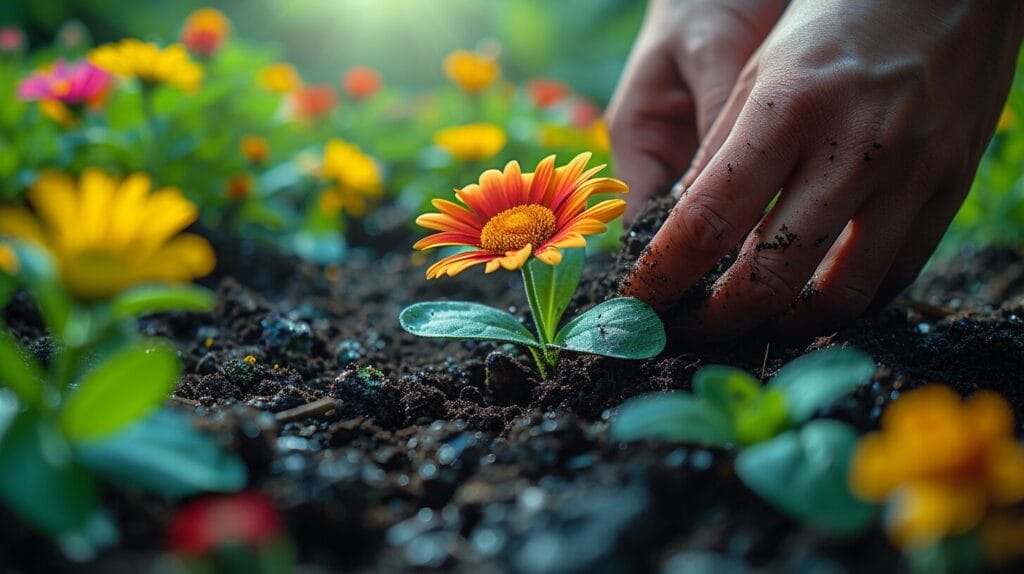
To design your raised cut flower garden, consider the location, size, and variety of flowers that will provide continuous color and thrive in your space. Choose the right location that meets the sunlight and drainage requirements of the flowers you plan to grow.
Once you’ve decided on the size and shape of your raised beds, start planning for a variety of flower varieties. Opt for a mix of annual and perennial varieties to ensure blooms throughout the entire growing season. Consider flowers like dahlias, cosmos, and zinnias, known for their vibrant colors and versatility in arrangements.
Preparing the Soil for Your Raised Cut Flower Garden
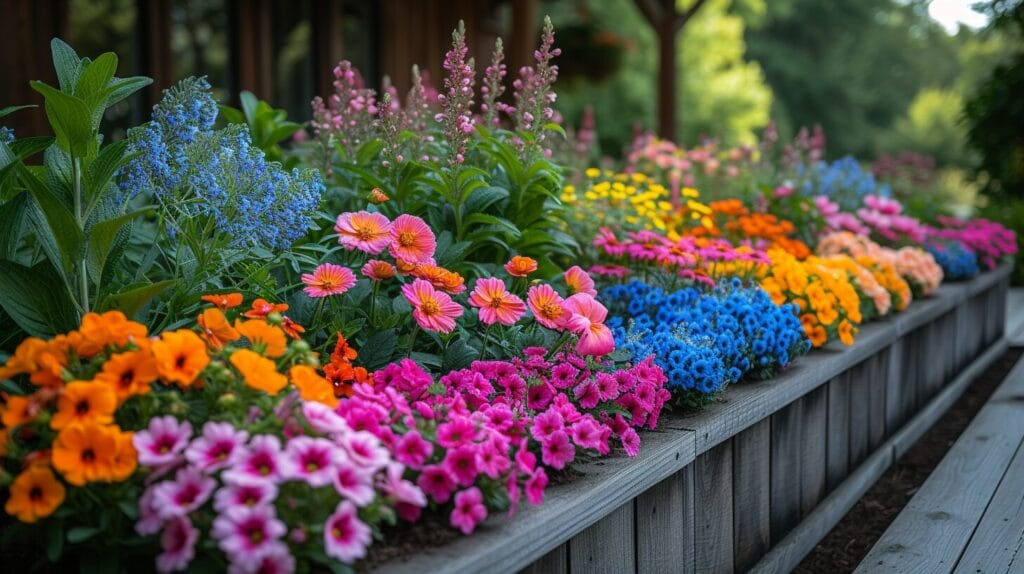
Proper soil preparation is essential for unlocking the beauty of your raised bed cut flower garden. Conduct a soil test to determine the nutrient levels and pH of your soil. You can then address any deficiencies or imbalances to provide the ideal conditions for your flowers to thrive.
Ensure proper drainage in your raised beds, and use mulch to conserve moisture and suppress weeds. Choose the right type of mulch for your flowers, such as organic materials like straw or wood chips.
Planting and Caring for Your Raised Cut Flower Garden
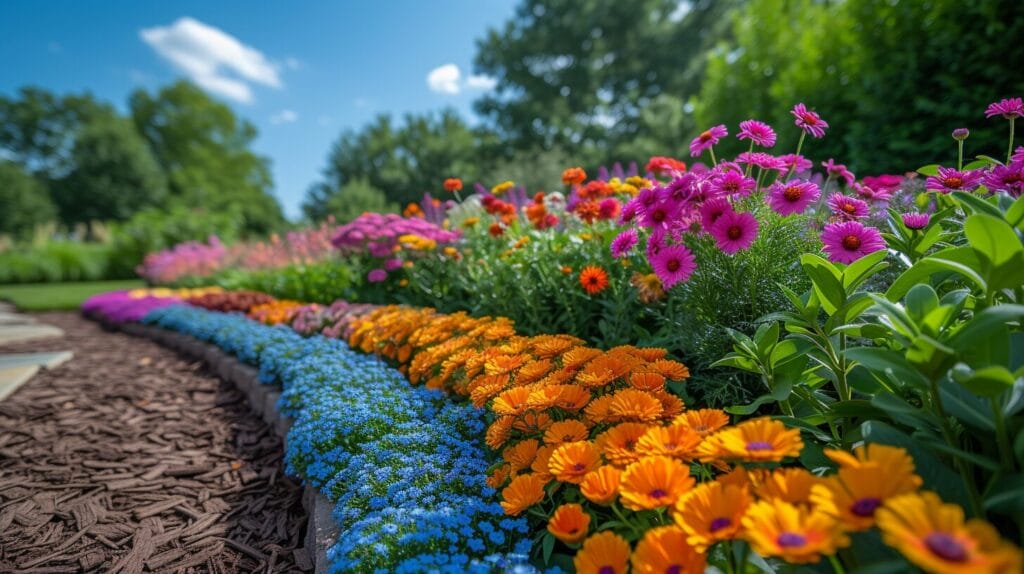
Starting your raised cut flower garden can be done by either starting flowers from seeds or using transplants. While seeds allow for a wider variety of flowers and are more cost-effective, transplants can be a quicker and easier option.
Once your flowers are in place, it’s time to establish a watering and fertilizing schedule, and start pruning and deadheading. Remove spent flowers to encourage new blooms and prevent the plant from putting energy into seed production.
Can Growing a Cut Flower Garden Help Overcome Anthophobia?
Yes, growing a cut flower garden can help overcome anthophobia in 2024. Surrounding yourself with beautiful blooms can gradually desensitize and reduce the fear of flowers. The process of nurturing and tending to the garden can also provide a sense of accomplishment and empowerment, helping in overcoming anthophobia.
Harvesting and Enjoying Your Cut Flowers

Harvesting your flowers at the right time is crucial to ensure maximum freshness and longevity. Look for fully opened petals, vibrant colors, and sturdy stems. Create stunning bouquets and arrangements with your freshly harvested flowers, and extend the life of your cut flowers by trimming the stems at an angle and regularly changing the water in the vase.
Conclusion
Now that you have the know-how, it’s time to unlock the beauty of a raised bed cut flower garden in your own backyard. With the right flowers, continuous blooms, and well-prepared soil, you’ll be able to create a stunning floral oasis. So, get ready to enjoy the vibrant colors of dahlias, cosmos, and zinnias, as you start harvesting and enjoying your own cut flowers. Happy gardening!
Frequently Asked Questions
What is a raised bed cut flower garden?
A raised bed-cut flower garden is a garden specifically designed and built to grow flowers for cutting and arranging in vases.
How do I design a cut flower garden in a raised bed?
To design a cut flower garden in a raised bed, consider the types of flowers you want to grow, the layout of the garden, and the heights and colors of the flowers for a visually appealing arrangement.
What are the benefits of growing a cutting garden in a raised bed?
Growing a cutting garden in a raised bed can provide better soil drainage, easier maintenance, and better control over soil quality, which can result in healthier and more vibrant flowers.
Which flowers are suitable for a raised cut flower garden layout?
Suitable flowers for a raised bed cut flower garden include zinnias, sunflowers, sweet peas, and various bulbs and annual flowers that are ideal for cutting and arranging in vases.
How do I plan and grow a cut flower garden in a raised bed?
To plan and grow a cut flower garden in a raised bed, start by choosing the right location, preparing the soil, selecting the appropriate flowers, and creating a planting schedule for continuous blooms.


